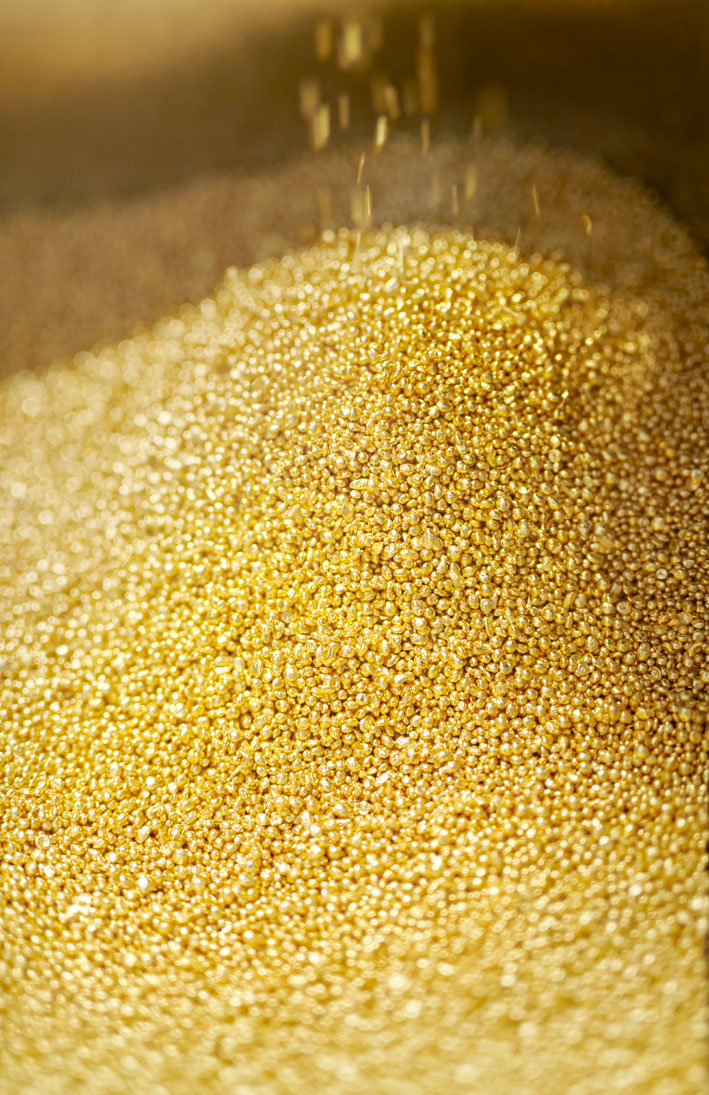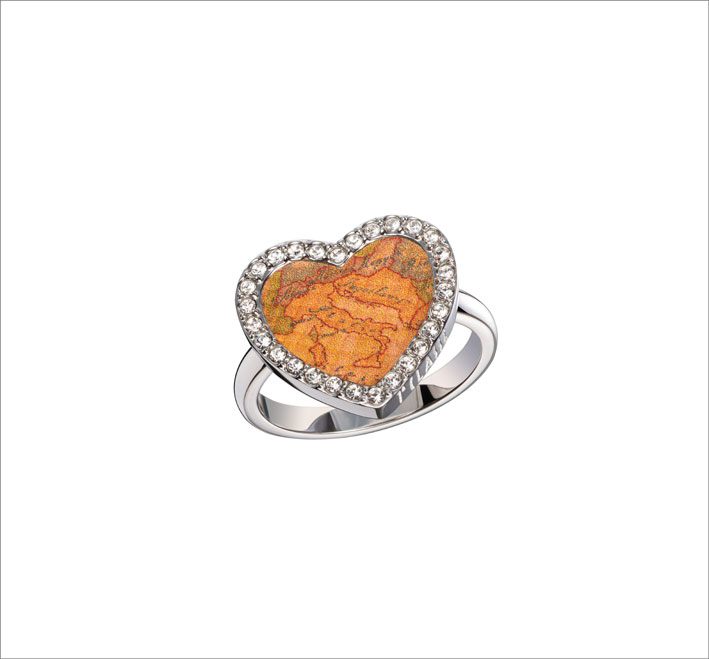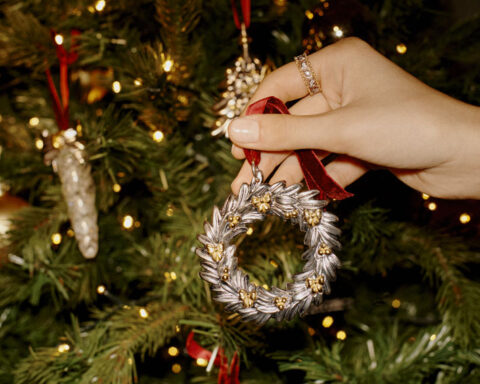Gold and silver jewelery made without using metals extracted from the earth: Pandora has decided to take the big step towards more sustainable production. It won’t be an easy path, given that the Danish jewelry brand is the largest in the world in terms of volumes. In any case, Pandora has decided to use exclusively recycled and melted gold and silver to obtain the material necessary for its jewellery. The extraction of metals requires more energy and resources than recycling: for silver the reuse is equivalent to a third of that of extracted silver, while for gold less than 1% of the carbon emissions produced by the ‘extraction. In this way, Pandora calculates, 58,000 tonnes less Co2 will be produced per year.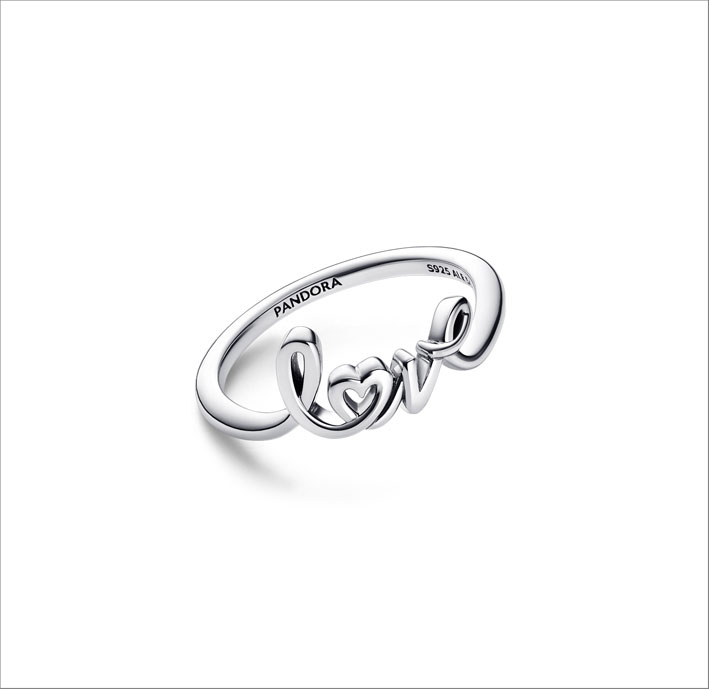
The savings for the environment, Pandora always estimates, are equivalent to the annual electricity consumption of 11,000 homes or the driving of 6,000 cars worldwide. In 2020, Pandora set a goal to source 100% recycled silver and gold by 2025, and the company announces it has reached the milestone ahead of schedule. Pandora plans to make all new jewelry with 100% recycled silver and gold starting in the second half of 2024. By 2023, 97% of the silver and gold used in Pandora jewelry was already recycled.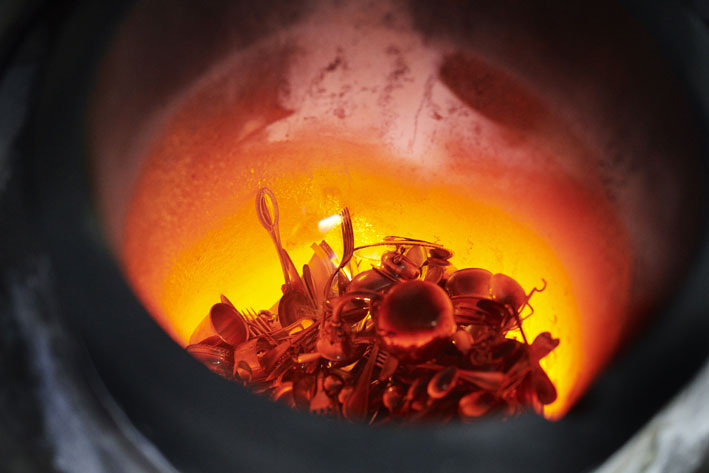
Precious metals can be recycled endlessly without losing quality. Silver mined centuries ago is as good as new, and improved recycling can significantly reduce the climate footprint of the jewelry industry.
Alexander Lacik, CEO of Pandora

The Danish brand’s suppliers had to change their operations to only source recycled materials certified according to the Responsible Jewelery Council Chain of Custody, one of the most stringent standards in the industry. For many of them this has involved introducing new processes and equipment to ensure complete separation of mined and recycled metals throughout the entire supply chain, including sorting, smelting and manufacturing. More than one hundred Pandora employees were involved in the transition work.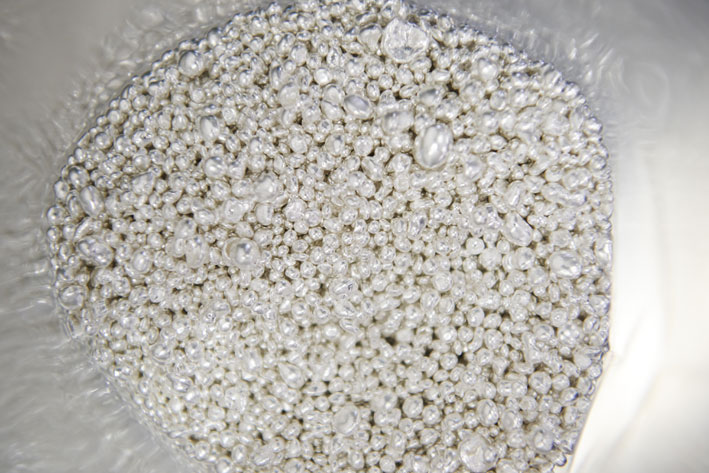
Today, less than 20% of the world’s silver supply comes from recycled sources, typically from discarded electronics, old jewelry, silverware, manufacturing scraps and other industrial waste. Once collected, recycled silver is subjected to a refining process where impurities are removed and the metal is remelted for reuse.